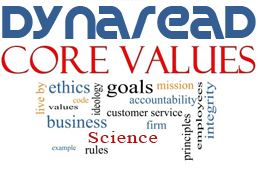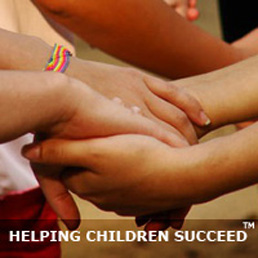by Dynaread
Every child who does not properly progress in reading deserves to be tested. The earlier the intervention with the child, the better. Linda Siegel, PhD encourages testing within three to six months of phonics-based instruction, if the child does not progress.
Key dyslexia signs are lack of fluency, and lack of accuracy (guessing). Secondary signs may be memorizing sequences, weak spelling, early development speech issues, and current pronunciation issues. Parents or grandparents who struggled in reading increase the risk (genetic link). We may also observe deteriorating motivation for school, and changes in overall behavior (towards depression, or agression/frustration).
Testing for younger children should focus on letter and word decoding or reading skills and arithmetic skills. There is no scientific basis for the popular notion that waiting will bring improvement over time. Yet many children grow older without ever being tested and without effective intervention. An IQ test is not relevant, as research indicates that there is no relationship between IQ and dyslexia. For children age seven and up Dynaread offers a free online dyslexia test.
References: Linda Siegel, PhD. IQ Is Irrelevant to the Definition of Learning Disabilities. Journal of Learning Disabilities; Oct. 1989 vol. 22 no.8 469-478.

![]() Our Dynaread team members are required to hold themselves accountable for serving our clients in adherence with our core values...
Our Dynaread team members are required to hold themselves accountable for serving our clients in adherence with our core values...
Contribute with scientific and overall integrity.
Retain the focus on the needs of each individual child.

Dynaread has been developed in the trenches of actual remediation, with our feet firmly planted on the ground. Scientific research is essential (and we consistently use it), but we also understand the realities at home and in school. Not all homes have two parents, not all Dad's or Mom's are always home, there is oftentimes no money, schools lack staff or funding. We listen, we observe, we discuss, and we build the best solutions we can for older (ages 7+) struggling readers.
